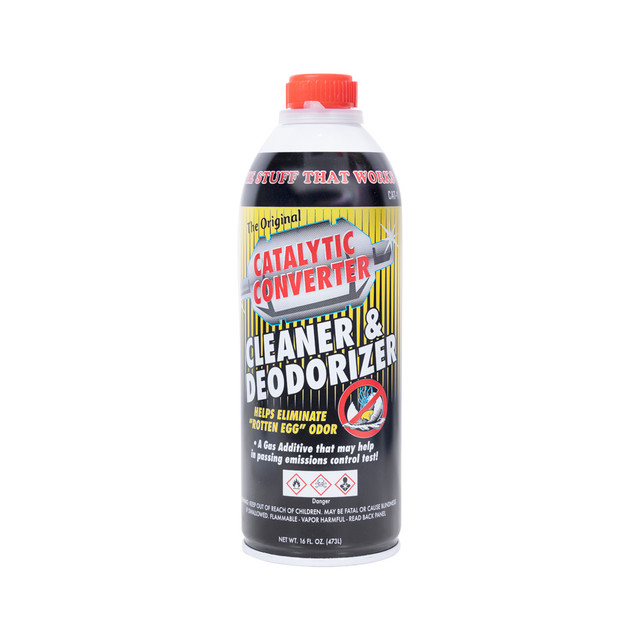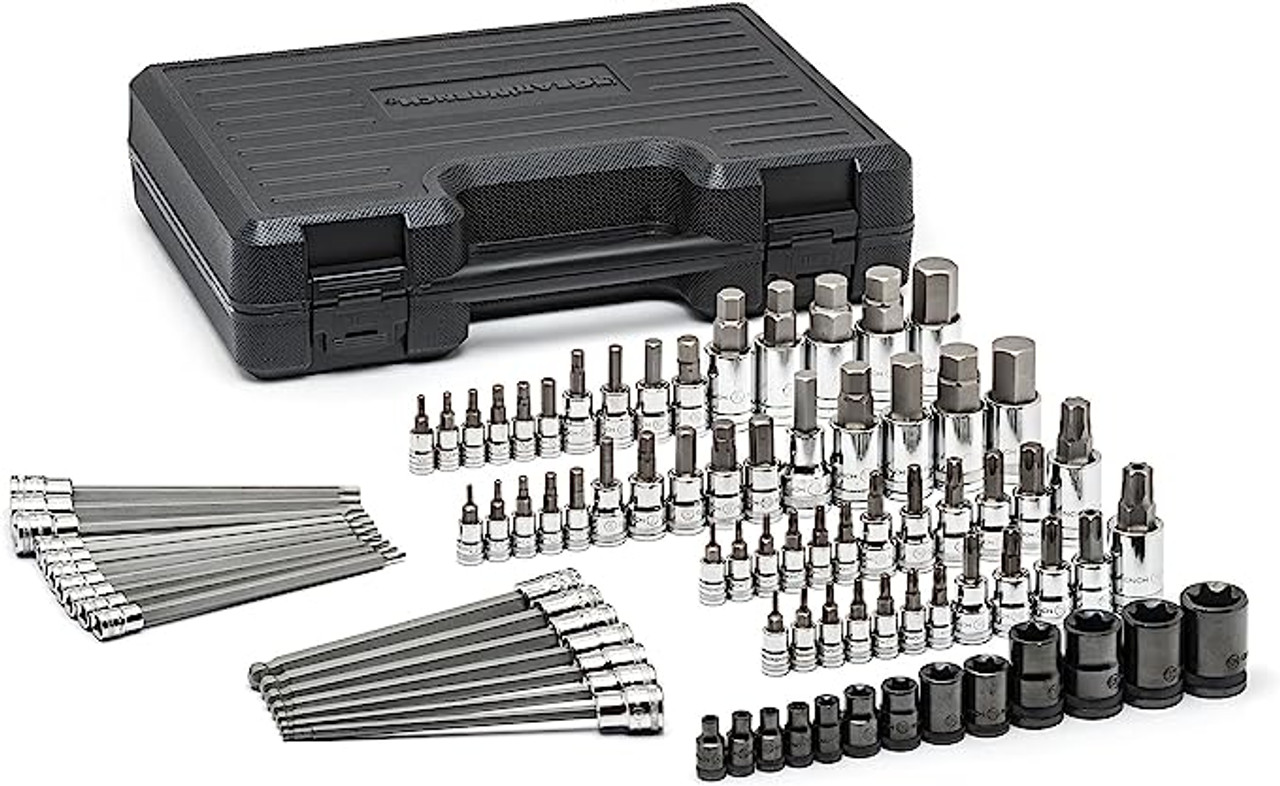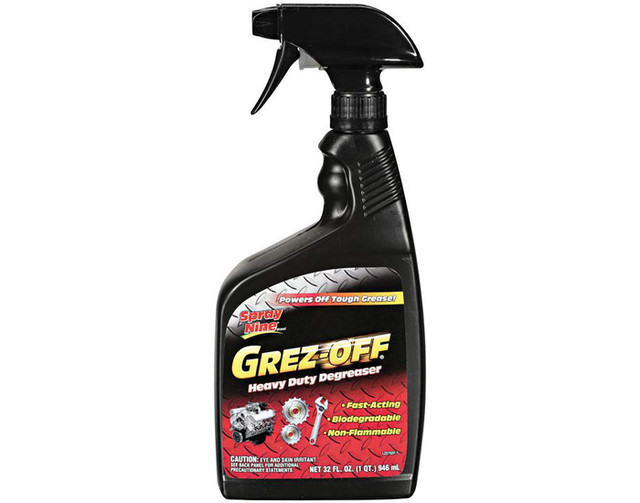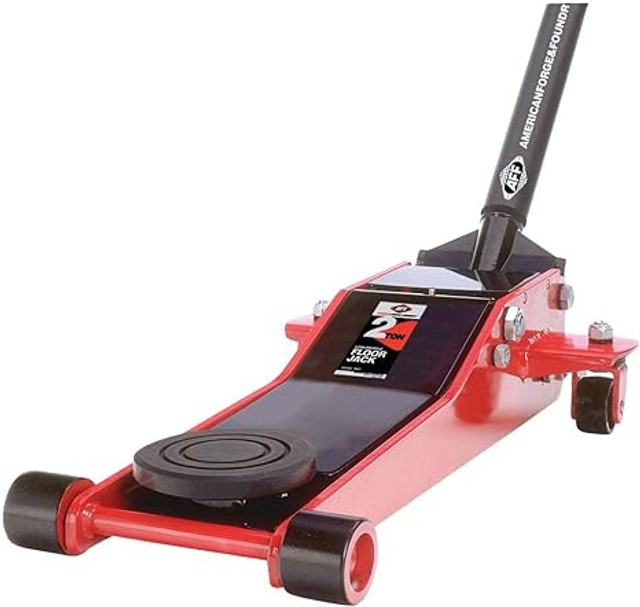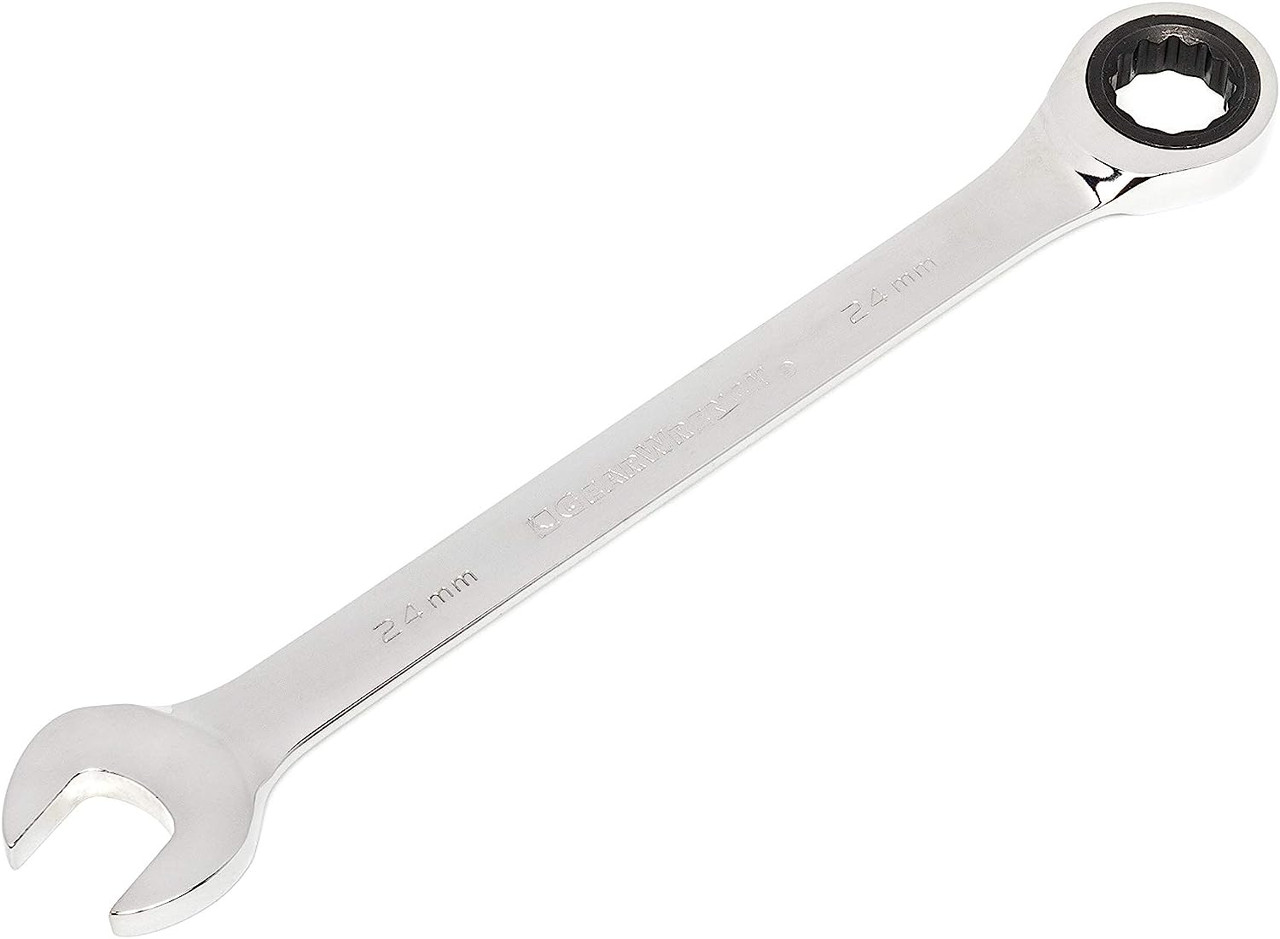How To Fix a Catalytic Converter Without Replacing
2nd May 2024
Is your check engine light on because of the catalytic converter? Don’t rush to replace it — we have got a cheaper way to fix a catalytic converter.
This blog will guide you through simple, affordable ways to repair your catalytic converter, helping you save money while keeping your car in great condition. Let’s get started!
Identifying the Need for Catalytic Converter Repair: 3 Clear Signs
Not sure when to fix the catalytic converter? Below are three signs that suggest it needs a fix:
Reduced Engine Performance
If your car suddenly feels sluggish, struggles to accelerate, or has a noticeable decrease in fuel efficiency, the catalytic converter may be clogged or malfunctioning. This can cause a build-up of back pressure, which significantly hampers engine output.
Increased Emissions
One of the primary roles of a catalytic converter is to reduce exhaust emissions. If you notice your vehicle is producing more smoke than usual or the exhaust has a stronger sulfur-like smell (similar to rotten eggs), it's a strong indicator that it’s time to fix the catalytic converter.
Check Engine Light
The check engine light can activate for numerous reasons, but if it illuminates in conjunction with symptoms like poor vehicle performance or increased emissions, it could be directly related to a catalytic converter issue. A diagnostic scan can confirm whether the trouble codes pertain to the catalytic converter's efficiency.
How To Fix a Catalytic Converter Without Replacing?
If your catalytic converter isn't performing well, you might not need to replace it right away. There are a few steps you can take to try and fix it yourself, which could save you a significant amount of money. Here’s a step by step guide to fix catalytic converter without replacing it:
Step 1: Diagnosing Catalytic Converter Problems
Tools Needed:
Procedure:
- Connect the OBD-II scanner to the diagnostic port of your vehicle (usually located under the dashboard on the driver's side).
- Turn on the vehicle and let it run to allow the scanner to read the engine’s computer.
- Look for diagnostic trouble codes (DTCs) specifically related to the catalytic converter (commonly P0420 or P0430 codes).
- Interpret the codes according to your vehicle’s manual to understand whether issues may be due to the catalytic converter.
Step 2: Use a Catalytic Converter Cleaner
Tools Needed:
Procedure:
- Purchase a high-quality catalytic converter cleaner suitable for your vehicle type.
- Ensure the vehicle has at least a quarter tank of gas but not full (this allows the cleaner to mix thoroughly).
- Pour the cleaner into the fuel tank.
- Drive the vehicle for at least 30 minutes to allow the cleaner to circulate and clean the converter. Highway driving is ideal as it maintains a consistent high engine speed.
Step 3: Inspect and Replace Faulty Oxygen Sensors
Tools Needed:
- Wrench or Socket Set
- Replacement Oxygen Sensors (If Necessary)
Procedure:
- Locate the oxygen sensors on your exhaust system; there are usually one or two before (upstream) and one after (downstream) the catalytic converter.
- Use the wrench or socket set to carefully remove the faulty sensors.
- Compare the old sensors with the new ones to ensure proper fit and compatibility.
- Install the new sensors and tighten them securely.
Step 4: Physically Clean the Converter
Catalytic Converter Cleaning Tools Needed:
- Jack and Jack Stands
- Safety Glasses and Gloves
- Pressure Washer or Garden Hose
- Degreaser (if necessary)
Procedure:
- Safely lift the vehicle using a jack and secure it on jack stands.
- Locate the catalytic converter along the exhaust system.
- Remove the catalytic converter by unbolting it with your tools; wear safety glasses and gloves to protect against debris.
- If there’s heavy buildup, apply a degreaser and allow it to soak per manufacturer instructions before rinsing.
- Use a pressure washer or garden hose to thoroughly clean the converter’s internal honeycomb structure.
- Allow the converter to dry completely before reinstalling.
Step 5: Apply Heat Treatment (Optional)
Tools Needed:
Procedure:
- Wear safety gear, especially heat-resistant gloves.
- Carefully apply heat with a blowtorch to the exterior of the catalytic converter.
- Rotate the converter to evenly distribute the heat, but avoid overheating any single area.
- Allow the converter to cool naturally before reinstalling.
Step 6: Reset the Vehicle’s Computer System
Tools Needed:
Procedure:
- Disconnect the negative battery terminal for about 30 minutes.
- Reconnect the battery, which should reset the vehicle's computer system and clear any error codes.
Step 7: Test Drive
- After completing all repairs and adjustments, conduct a test drive to ensure the vehicle operates smoothly and to check if the check engine light returns.
- Monitor the vehicle's performance and emissions output.
FAQs
1. What Catalytic Converters Do?
Catalytic converters in a car are essential components in a vehicle's exhaust system that reduce harmful emissions. They convert toxic gases like carbon monoxide, nitrogen oxides, and hydrocarbons into less harmful substances such as carbon dioxide and water vapor. This process occurs through a chemical reaction facilitated by catalysts including platinum, palladium, and rhodium. By doing so, catalytic converters help meet environmental standards and improve air quality.
2. Can Catalytic Converters Cause Cars To Stall?
Yes, a catalytic converter can cause a car to stall if it becomes clogged or severely malfunctioning. This blockage can create excessive exhaust back pressure, which hampers engine performance and efficiency. When severe, this condition can restrict the engine's ability to "breathe" properly, leading to stalling during operation. Regular maintenance and checks can prevent such issues.
Start Your Catalytic Converter Fix Project With JB Tools
Start your catalytic converter fix project on the right foot with JB Tools. Offering a wide selection of professional-grade tools and equipment, JB Tools provides everything you need from OBD-II scanners to specialized wrench sets. Whether you're a DIY enthusiast or a seasoned mechanic, JB Tools helps you get the job done efficiently and effectively.
Shop now to find all the essentials for your catalytic converter fix and enjoy competitive prices and excellent customer service.




